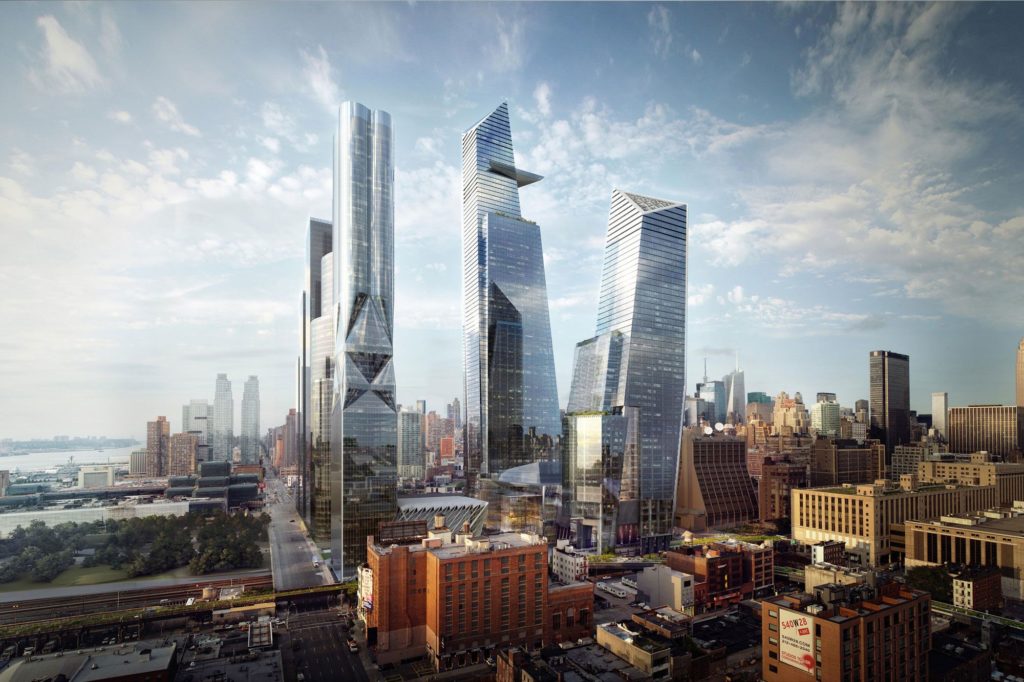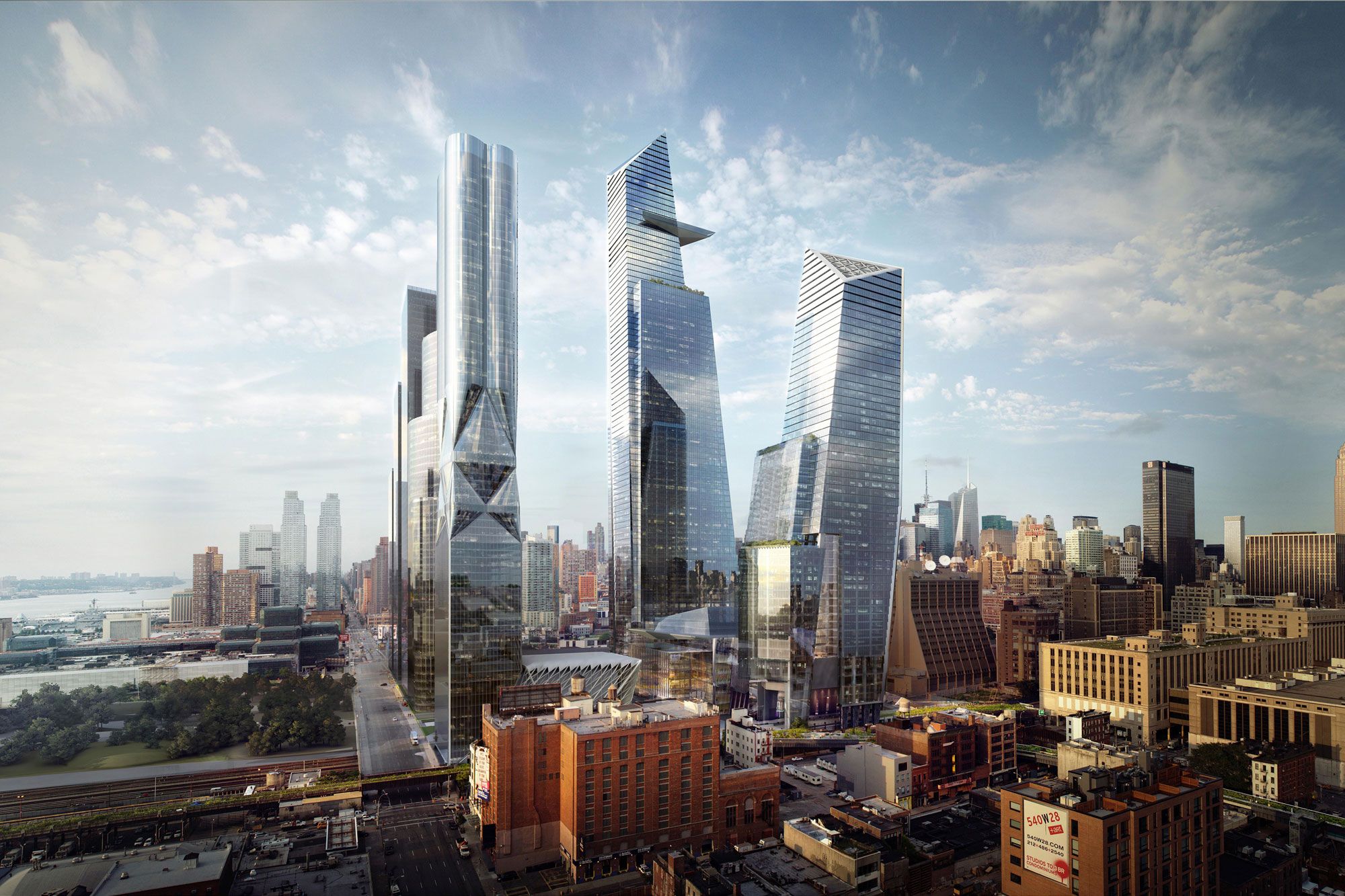BIM Dimensions: 2D, 3D, 4D, 5D, 6D, 7D, 8D, 9D & 10D BIM
- Introduction to BIM dimensions
- What are BIM dimensions?
- What is 2D BIM?
- How does 3D BIM work?
- How does 4D BIM support project scheduling?
- How does 5D BIM integrate cost management?
- How does 6D BIM support sustainability?
- How does 7D BIM improve facility management?
- How does 8D BIM enhance construction safety?
- How does 9D BIM apply lean construction principles?
- How does 10D BIM support industrialized construction?
- How are BIM dimensions evolving with emerging technologies?
- Conclusion
- Key takeaways
- Frequently asked questions

Introduction to BIM dimensions
Building information modeling (BIM) is a collaborative process that uses structured digital information to design, deliver, operate, and hand over building projects. Defined by ISO 19650 as a shared digital representation of physical and functional characteristics, BIM has fundamentally transformed how the architecture, engineering, and construction (AEC) industry approaches projects.
BIM adoption has grown significantly worldwide, particularly in developed markets. Leading construction nations such as the United Kingdom, the United States, Germany, and the Nordic countries have seen widespread implementation, with many reporting adoption rates of 70% or higher among AEC professionals. This growth is driven not only by competitive advantages but also by increasing government mandates requiring the use of BIM on public infrastructure projects.
BIM’s impact spans all sectors of construction. In architecture, it enables better design coordination and visualization. In engineering, it facilitates the integration of complex systems and clash detection. In construction, BIM reduces material waste, virtually assesses project risk, detects clashes before they occur on-site, and minimizes costly mistakes during the building phase.
Perhaps the most significant advantage of BIM is its ability to support collaboration throughout the entire project lifecycle, from initial concept through design, construction, operation, and even eventual demolition. BIM enables authorized stakeholders from anywhere in the world to access building information, communicate effectively, and collaborate seamlessly with on-site teams.
To fully leverage BIM’s potential, it is essential that builders, designers, project sponsors, and facility managers understand not only BIM software and workflows but also the concept of BIM dimensions – the layers of data that transform a simple 3D model into a comprehensive digital asset.
What are BIM dimensions?
BIM dimensions give you a better understanding of your construction project and the process of linking additional dimensions of data to your building models. In this article, we explore different dimensions of BIM, from 2D through 10D, and explain how each adds value to the construction process.
Why do the definitions of dimensions vary?
As you research BIM dimensions, you may notice that different sources assign different meanings to the higher dimensions, particularly beyond 5D. This is not an error – it reflects an ongoing industry debate about terminology. Some experts advocate for using plain-language “use cases” instead of abstract dimension numbers, arguing that terms like “sustainability analysis” or “facility management data” are clearer and less likely to confuse stakeholders.
Organizations like the National Building Specification (NBS) emphasize that there is limited international consensus beyond 5D, and that clearly specifying your information requirements is more important than labeling them with a particular dimension number. While dimension terminology provides a useful framework for discussion, what ultimately matters is ensuring that all parties understand exactly what data is needed, when, and in what format.
BIM dimensions vs. BIM maturity levels
It is also important not to confuse BIM dimensions with other BIM classification systems. BIM dimensions refer to the types of data integrated into the models (geometry, time, cost, sustainability, etc.). These are completely separate from BIM maturity levels (Levels 0-3), which describe the degree of collaboration and data sharing in the BIM process, and levels of development (LOD), which indicate how much detail and reliability a model element contains.
While a project might operate at BIM maturity level 2 and include LOD 350 elements, it might simultaneously incorporate multiple BIM dimensions (3D, 4D, 5D, etc.) depending on project needs. Understanding these distinctions helps prevent confusion when discussing BIM implementation and requirements.
What is 2D BIM?
2D is the earliest form of construction model. It constitutes a simple X-axis and Y-axis representation. These models are generally created by hand using manual processes or through the use of CAD drawings. While 2D drawings remain foundational for documentation, modern BIM processes build upon this basic framework by adding additional dimensions of data.
How does 3D BIM work?
3D BIM is arguably the most popular BIM dimension, and essentially all construction companies are familiar with it. It is also referred to as a coordinated model.
3D represents the 3-dimensional geographical structures of a building – that is the X-axis, the Y-axis, and the Z-axis. 3D BIM entails the creation of graphical and non-graphical building information for the sole purpose of sharing it in a common data environment (CDE).
3D BIM models are employed for schematic designs, the development and documentation of designs, construction documentation, and record drawings. By using 3D BIM, you keep your team updated on the latest design information throughout the project.
Key benefits of 3D BIM:
- Visualization: Provides full 3-dimensional visualization throughout the entire project
- Clash detection: Helps identify and resolve potential collisions before construction
- Enhanced communication: Improves collaboration among all project stakeholders
- Transparency: Ensures clear understanding of design intent across teams
- Environmental impact modeling: Creates detailed assessments of project impacts
How does 4D BIM support project scheduling?
A 4-dimensional BIM model adds scheduling data or time elements to 3D models, which is why 4D BIM is often referred to as “construction sequencing.” Simply put, 4D BIM is 3D BIM + a schedule.
What 4D BIM does is provide an additional dimension of information to a building project in the form of scheduling data. As the project progresses, this detailed data is added to the components being built. It is even possible to link activity bars on your Gantt chart with actual elements of your BIM model, if your software supports it.
Key benefits throughout project stages:
- Early concept stage: Provides strategic planning, proper space configuration, and detailed analysis of multiple alternatives, making it easier to pick the most suitable option
- Design detailing: Helps verify if the chosen idea is possible to realize while identifying the best sequence of tasks and operations
- Bidding stage: Showcases how contractors plan and execute construction, leading to more accurate bids and a better understanding of scope
- Construction phase: Improves coordination between departments and enables regular progress reviews by comparing “as-planned” versus “as-built” states
- Dispute reduction: Schedule-based visualization clarifies intentions for each project phase, reducing miscommunication and delays
How does 5D BIM integrate cost management?
5D BIM modeling builds on 4D by adding cost estimation – essentially 4D BIM + cost data. The function of 5D BIM modeling is to integrate cost, schedule, and design in a unified 3D output. This model forecasts the flow of finance for a project and visualizes progress in relation to the budget.
A major difference between traditional approaches and 5D BIM is the rate at which project costs are updated. With 5D, cost reports are easily modifiable at any time in response to design changes or other modifications. This real-time updating allows all parties to calculate current project costs and evaluate how possible revisions affect the project from different standpoints: price, appearance, constructability, schedule, and more.
5D BIM allows every element of your project to be conceptualized and evaluated beforehand, enabling informed decisions with impressive accuracy.
Key advantages:
- Real-time cost data: Enables straightforward exploration of alternative concepts with regular budget updates, drastically raising efficiency
- Enhanced predictability: Provides a massive boost in forecasting accuracy over legacy solutions by using parameters like site conditions, materials, and phasing
- Transparent visualization: Stakeholders see exactly how the finished product will look alongside detailed budget breakdowns
- Flexible exploration: Since the model recalculates costs with each update, it is easier to explore various project possibilities
- Eliminates misunderstandings: Clear, accurate information about schedules, costs, and scope prevents miscommunication and supports funding decisions
- Design-build optimization: Perfect for projects where all phases are performed by a single entity, boosting overall productivity
How does 6D BIM support sustainability?
6D BIM focuses on sustainability and energy analysis, adding environmental performance data to the model. This dimension enables energy consumption analysis, lifecycle assessment, and evaluation of a building’s environmental impact throughout its operational life.
By incorporating energy modeling and sustainability metrics, 6D BIM helps project teams make informed decisions about materials, systems, and design choices that affect long-term environmental performance. This is increasingly important as the construction industry faces rising pressure to reduce carbon emissions and meet sustainability standards.
Key benefits:
- Energy performance analysis: Evaluates and optimizes building energy consumption during design
- Lifecycle assessment: Tracks environmental impact from construction through demolition
- Sustainable decision-making: Enables comparison of design alternatives based on environmental criteria
- Carbon tracking: Monitors and helps reduce the project’s carbon footprint
- Regulatory compliance: Supports achievement of green building certifications and environmental standards
- Operational cost forecasting: Projects long-term energy costs to inform design decisions
How does 7D BIM improve facility management?
7D BIM centers on facility management and asset information, supporting the operation and maintenance of buildings throughout their lifecycles. This dimension involves submitting an “as-built” model to the owner that contains all necessary information for future maintenance and operations.
The 7D process means the model created by designers is updated during construction and delivered with comprehensive asset data. This information includes warranty details, operation manuals, maintenance schedules, technical specifications, and other critical documentation needed for facility management.
Key benefits:
- Streamlined operations: Provides facility managers with immediate access to all asset information in one central model
- Maintenance planning: Helps schedule and track maintenance activities throughout the building’s lifecycle
- Faster decision-making: Easy access to equipment specs, warranties, and manuals speeds up repairs and replacements
- Cost optimization: Better planning of maintenance phases reduces unexpected expenses
- Asset tracking: Monitors the condition and performance of building systems from commissioning through decommissioning
- Lifecycle management: Optimizes facility management from design stages through demolition
How does 8D BIM enhance construction safety?
8D BIM focuses on health and safety, addressing one of the construction industry’s most critical concerns. The construction sector has a long-running reputation for potentially serious accidents, making safety management vital to every company and project.
8D BIM is an advanced variation of risk analysis that uses the wealth of information in a BIM model to predict and analyze every potential problem or accident that could result in human injury. This knowledge is incredibly helpful during construction, allowing workers to know about potential problem locations and be prepared if issues cannot be resolved beforehand. Risk control is performed as early as the design stage, and risks are re-evaluated throughout the project to prevent accidents.
Key benefits:
- Accident prevention: Reduces the probability of harmful accidents on construction sites
- Detailed safety strategies: Enables the preparation of comprehensive, site-specific safety plans
- Advanced training: Facilitates better worker training using technologies like virtual reality
- Early hazard identification: Recognizes design choices that could lead to accidents so they can be addressed early in the project lifecycle
- Scenario simulation: Allows the simulation of various construction process to identify risks
- Risk monitoring: Provides accurate oversight of construction progress with health and safety prevention capabilities
How does 9D BIM apply lean construction principles?
9D BIM integrates lean construction methodologies and focuses on waste reduction throughout the construction process. This dimension applies lean principles to minimize the waste of materials, time, and resources while maximizing value delivery.
By incorporating lean construction data into the BIM model, project teams identify inefficiencies, optimize workflows, and eliminate activities that do not add value. This results in more efficient construction processes, reduced material waste, and improved project delivery timelines.
Key benefits:
- Waste minimization: Identifies and eliminates waste in materials, time, and labor
- Process optimization: Streamlines construction workflows for maximum efficiency
- Value maximization: Ensures that every activity adds value to the final product
- Resource efficiency: Optimizes use of materials, equipment, and personnel
- Cost reduction: Reduces project costs by eliminating wasteful practices
- Improved delivery: Enhances project timelines through lean process management
How does 10D BIM support industrialized construction?
10D BIM focuses on industrialized construction and prefabrication, incorporating data about off-site manufacturing, modular construction, and assembly processes. This dimension supports the growing trend toward factory-built components and prefabricated building systems.
By integrating prefabrication and modular construction data, 10D BIM enables better coordination between off-site manufacturing and on-site assembly. This includes manufacturing tolerances, transportation logistics, assembly sequences, and quality control processes for prefabricated elements.
Key benefits:
- Prefabrication optimization: Improves coordination between factory manufacturing and site assembly
- Quality control: Enhances quality through controlled factory conditions
- Schedule reduction: Accelerates project timelines through parallel off-site and on-site work
- Cost efficiency: Reduces costs through economies of scale in manufacturing
- Waste reduction: Minimizes material waste through precise factory fabrication
- Safety improvement: Reduces on-site risks by completing more work in controlled environments
How are BIM dimensions evolving with emerging technologies?
The future of BIM dimensions lies in their integration with cutting-edge technologies that are transforming the construction industry. As BIM models become more data-rich through higher dimensions, they create powerful opportunities for digital transformation.
Artificial intelligence and machine learning are increasingly being applied to BIM data, enabling predictive analytics across multiple dimensions. AI analyzes 5D cost data to predict budget overruns, evaluate 8D safety information to identify high-risk scenarios before they occur, and optimize 9D lean processes by identifying inefficiencies in real-time.
The Internet of Things (IoT) is creating new possibilities for real-time data integration, particularly in 6D sustainability and 7D facility management. Smart sensors embedded in buildings continuously feed energy consumption data back into 6D models, while IoT-enabled asset tracking enhances 7D facility management by providing live equipment status and performance metrics.
Digital twins – virtual replicas of physical buildings – are the convergence of multiple BIM dimensions with real-time data. These dynamic models combine 3D geometry, 4D scheduling history, 5D cost tracking, 6D energy performance, and 7D operational data to create comprehensive digital representations that evolve throughout a building’s lifecycle.
Augmented and virtual reality technologies are making BIM dimensions more accessible and actionable on construction sites. Workers visualize 4D construction sequences in AR, conduct virtual safety training using 8D risk data, and review facility maintenance procedures through VR simulations of 7D asset information.
As these technologies mature, the boundaries between BIM dimensions will continue to blur, creating increasingly integrated and intelligent construction ecosystems. The industry may even see new dimensions emerge – 11D and beyond – as novel use cases and technologies develop.
Conclusion
Familiarity with BIM dimensions is essential to fully understand a construction project in today’s digital landscape. From the foundational 2D drawings to the advanced applications of 10D industrialized construction, these dimensions represent the evolution of how we capture, analyze, and use building information throughout a project’s lifecycle.
Each dimension adds a critical layer of data, whether it is the scheduling intelligence of 4D, the cost precision of 5D, the sustainability metrics of 6D, or the safety insights of 8D. Together, these dimensions transform static models into dynamic, information-rich tools that support better decision-making, reduce risks, minimize waste, and improve outcomes throughout every phase of construction.
However, it is important to remember that the specific dimension numbers matter less than the underlying information and capabilities they represent. As the industry continues to debate terminology and definitions – particularly beyond 5D – the focus should remain on clearly defining your project’s information requirements rather than getting caught up in labeling conventions. Whether you call it “6D” or simply “sustainability data,” what matters is that the right information is captured, shared, and used effectively.
The construction industry is rapidly evolving, and BIM dimensions will continue to expand and adapt alongside emerging technologies and methodologies. New dimensions may emerge as the industry identifies additional data types and use cases that drive value. What remains constant is the fundamental principle: the more intelligently we integrate and manage building information, the better we will be able to design, construct, and manage our built environment.
Key takeaways
- BIM dimensions transform basic 3D models into comprehensive digital assets by layering additional data types like scheduling (4D), cost (5D), sustainability (6D), and facility management (7D) throughout the project lifecycle.
- Adoption rates exceed 70% in developed markets such as the UK, Germany, and the Nordic countries, driven by government mandates and proven competitive advantages in project efficiency and collaboration.
- Higher dimensions address critical industry challenges: 8D focuses on construction safety and accident prevention, 9D applies lean principles to minimize waste, and 10D supports industrialized construction and prefabrication.
- Industry consensus is strongest for dimensions 2 through 5, while definitions for 6D and beyond vary by source, emphasizing the importance of clearly specifying information requirements rather than fixating on dimension labels.
- BIM dimensions integrate seamlessly with emerging technologies like AI for predictive analytics, IoT for real-time monitoring, digital twins for lifecycle management, and AR/VR for enhanced visualization and training.
- Understanding BIM dimensions is essential for all stakeholders – from architects and engineers to contractors, facility managers, and project sponsors – to fully leverage BIM’s potential for improved project outcomes and operational efficiency.
Frequently asked questions
What is the difference between BIM dimensions and BIM levels?
BIM dimensions refer to the types of data integrated into the models (3D is geometry, 4D is time, 5D is cost, etc.), while BIM levels (or maturity levels 0-3) describe the degree of collaboration and information sharing in the BIM process. They are separate classification systems that should not be confused.
Which BIM dimension is most important?
No single dimension is universally most important – it depends on the needs and phase of your project. 3D is foundational for visualization, 4D is critical for scheduling, 5D is essential for budget management, and 6D-10D address specific concerns like sustainability, operations, safety, waste reduction, and prefabrication.
Do I need to use all BIM dimensions on every project?
No. You should select dimensions based on your project requirements, stakeholder needs, and delivery method. A small renovation might only require 3D and 5D, while a large infrastructure project might benefit from implementing dimensions through 8D or beyond.
Why do different sources define 6D and 7D BIM differently?
Industry consensus is limited beyond 5D BIM. Some sources prioritize different use cases, leading to varied definitions. The key is to focus on clearly specifying what information your project needs rather than debating dimension labels – whether you call it “6D” or “sustainability data,” what matters is capturing and using that information effectively.
Are 9D and 10D BIM widely adopted?
9D (lean construction) and 10D (industrialized construction/prefabrication) are emerging dimensions that are gaining recognition but are not yet as widely adopted as dimensions 3-7. Their use is growing as the industry increasingly focuses on waste reduction and off-site manufacturing.
How do I get started with implementing higher BIM dimensions?
Start with a solid 3D BIM foundation, then progressively add dimensions based on your project priorities. Begin with 4D scheduling and 5D cost management, as these provide immediate tangible benefits. Partner with experienced BIM consultants, invest in appropriate software, and ensure that your team receives proper training for each dimension you implement.




